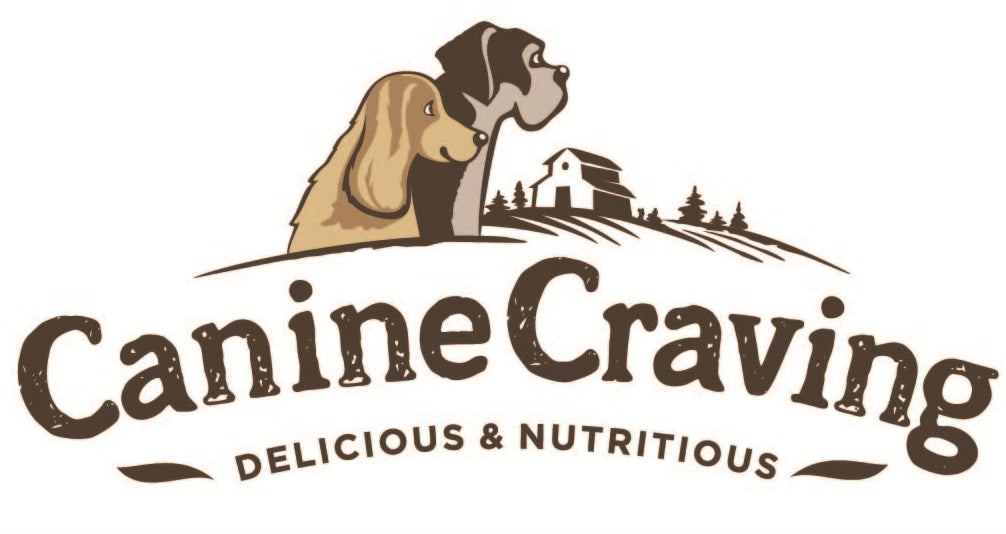Introduction
Dogs are classified as omnivores. Though they need protein rich diet, but they can also survive on a diet of plant origin. However, for their optimum health conditions, their diet should have source of animal protein, i.e., meat.
Lack of same can cause obesity, skin and coat issues, poor immunity and lethargy.
Protein is the basic building blocks for cells, tissues, organs, enzymes, hormones and antibodies. They are essential for growth, maintenance and reproduction. Can be found in mainly two sources-
- Animal based- meats such as chicken, lamb, beef, fish, eggs* etc. (one with complete amino acid profiles)
- Plant based – vegetables, lentils, cereals etc. (considered incomplete proteins)
Protein are also the most abundant component of dog’s body (significantly higher than humans). They need proteins to produce and main hair, nails, tendons, cartilage, and all the connective tissues that support the rest of the tissues and organs of the body. When necessary (such as when food supply is low), they can also use proteins to produce energy.
Hence, adequate protein content is important for their growth and functioning including but not limited to–
- Muscle development and strength
- functioning of immune system
- production of hormones
- Adequate volume of blood
- injury repair and prevention
The American Association of Feed Control Officials (AAFCO) sets guidelines for the types and amounts of nutrients dogs need in their foods. The AAFCO has determined that foods for adult dogs should contain no less than 18 percent protein, and that foods for lactating females or puppies should have a minimum of 22 percent protein. Working dogs such as military/ police dogs, herding dogs etc. who work hard every day or who are under stress may need more. Dogs recuperating from injuries or surgery may need more protein as well, to repair muscles, tendons, and ligaments. Some proteins are just more digestible than others. Nutritionists measure the amount of protein in a food, feed it to dogs, and then measure the amount of protein in the dogs’ feces. The difference between how much was in the food to begin with and how much the dog excretes reveals how much of it the dog absorbed, and that is the digestible protein
Proteins are made up of amino acids linked in a chain. When they eat, protein in the diet is broken into shorter chains of amino acids called polypeptides which are small enough for the intestines to absorb. A dog’s body makes 20 different amino acids — some are essential and others are nonessential amino acids. As the name implies, they require essential amino acids in food. Food that contains all the essential amino acids is called a complete protein source. For nonessential amino acids, if they are not present in the food, dogs can compensate them by convert other amino acids.
As mentioned earlier, proteins can be sourced from both animal and plant. However, only animal-source proteins are complete protein sources. Examples of complete protein sources that come from animals are lean meats, eggs etc. Though grains are another important source of proteins, but they are incomplete source because of lack of some essential amino acids. Plant protein sources frequently used in dog foods include soybeans, wheat, corn etc. In the current times, few other noble source of protein have emerged as popular protein supplements such as Spirulina, Phytoplankton etc. However, they are supplements and not the main source.
Dog’s major source of protein should be animal and not grain as they don’t have the enzymes to digest grains properly as main sources of protein. Within meat, not all organs have equal protein content. Example can be between shoulder meat and hoof, they all may have all the essential and nonessential amino acids, but dog can get the amino acids more easily from the shoulder meat than hoof. Hair and feathers are a cheap source of protein, too — but they’re indigestible. On the other hand, eggs are highly digestible but expensive. If your dog’s feces are voluminous, it may be a sign that his food isn’t highly digestible.
The highest quality dog foods are 82–86 percent digestible, whereas economy foods (inexpensive brands you get in grocery stores) are around 75 percent. The percent digestibility of a dog food is not stated on the label, but most dog food manufacturers provide that information on request. Any brand stating the same over these parameters are misguiding the unsuspecting pet parents.
Adapted from the following sources-



